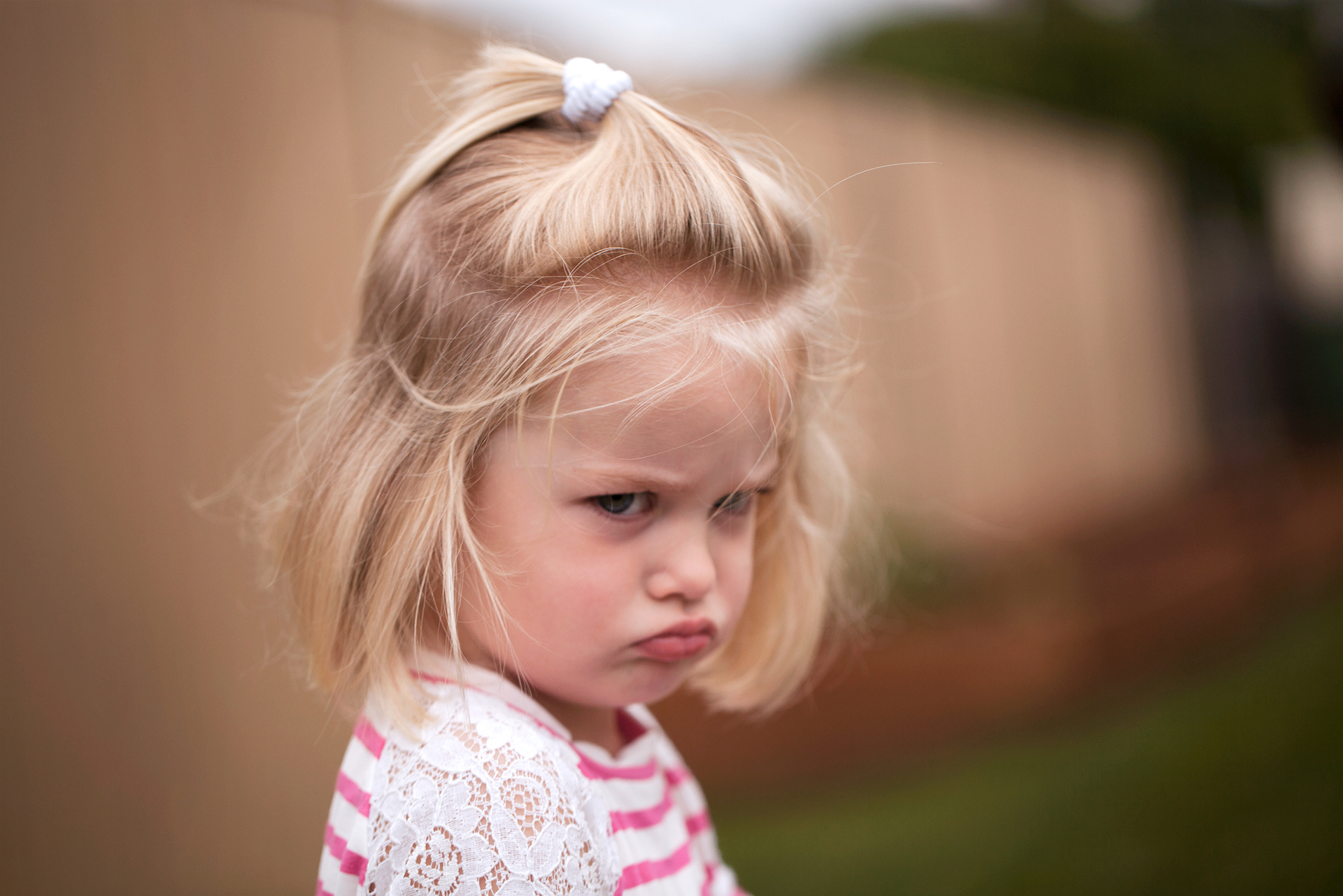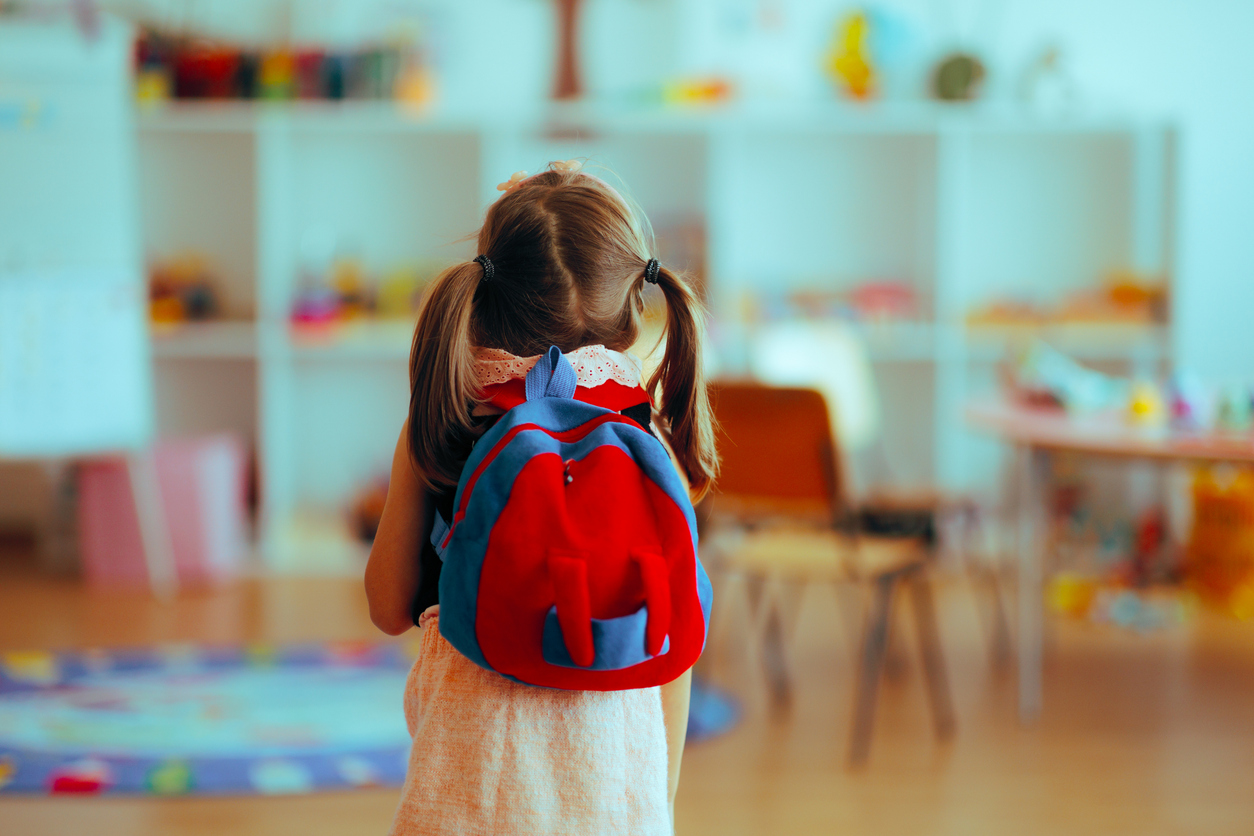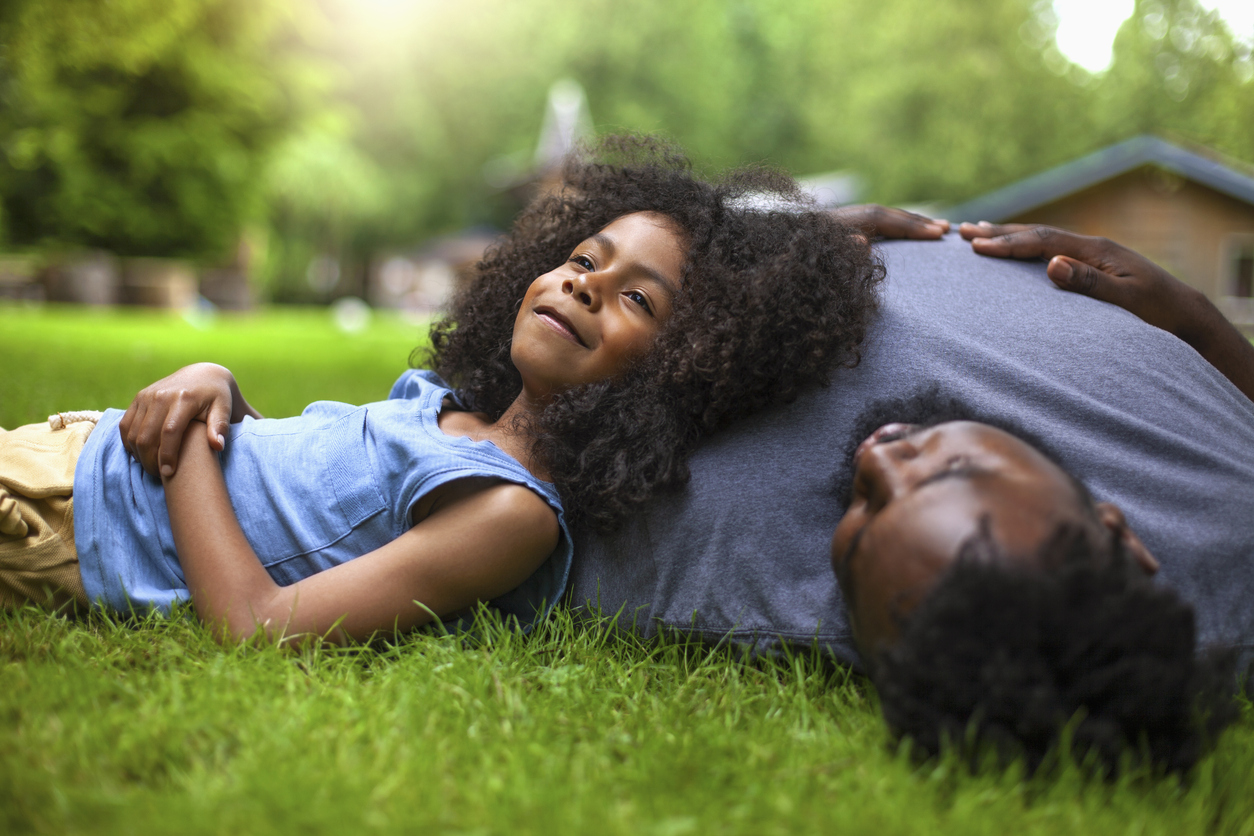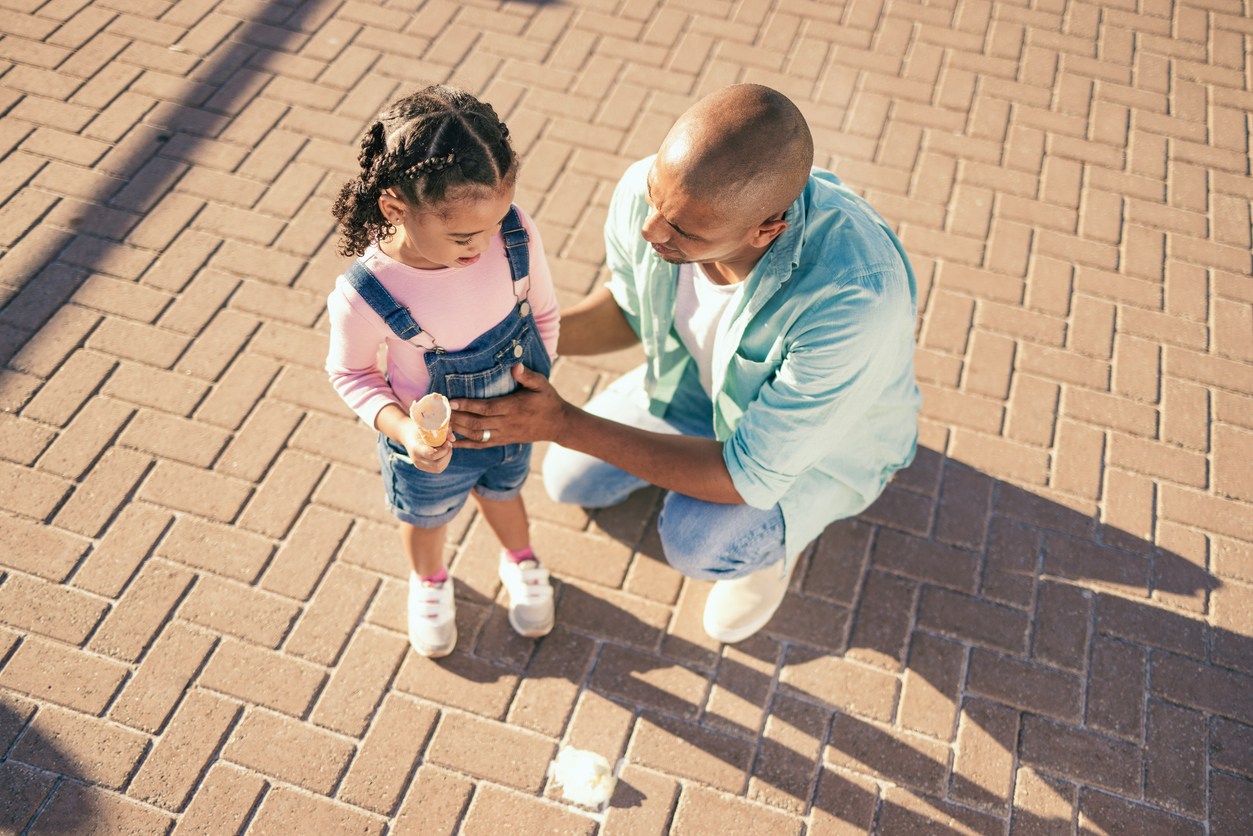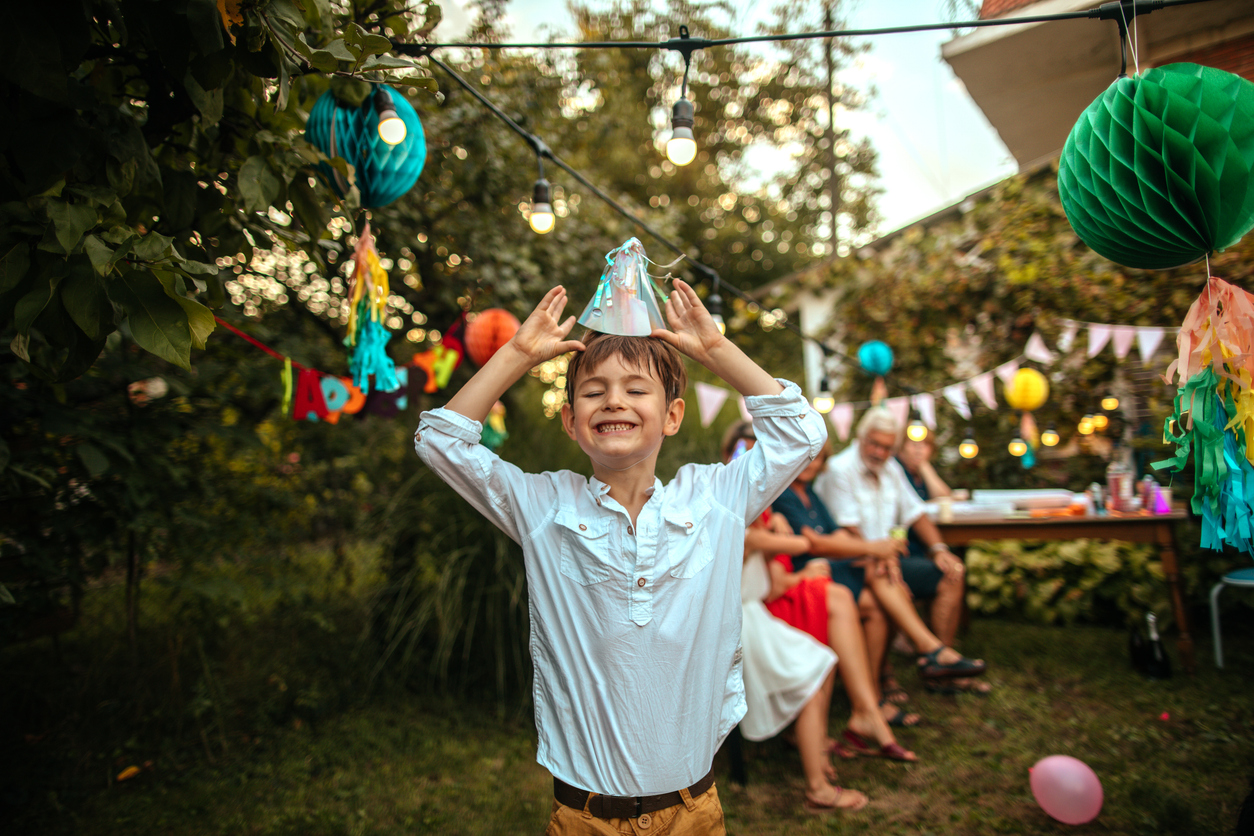Getting Ready for Kindergarten: Everyday Skills That Build Confidence and Independence

Is your little one gearing up for kindergarten? There’s a lot to celebrate — from how much they’ve learned to how much they’ve grown. Sure, they can sing the alphabet, recite numbers to twenty, and identify shapes and colors — but there’s something even more crucial for their transition: independence.
Kindergarten introduces a whole new world. Children move from cozy preschool settings to bustling classrooms filled with new faces, routines, and responsibilities. Teachers often emphasize that the most confident and happy kindergartners aren’t just the ones who know their ABCs; they’re the ones who can take care of themselves in meaningful ways. This means zipping up their jackets, using the bathroom alone, or opening their lunch containers without help. While these tasks may seem simple, they play a significant role in building your child’s confidence and preparing them for school.
When kids manage their basic needs on their own, they feel more comfortable and ready to learn. They won’t find themselves waiting for help or feeling flustered by small hurdles; instead, they can dive right into their exciting day.
Research backs this up — studies show that self-care and independence in children are closely linked to their confidence, and problem-solving skills. So while it may look like your child is just “doing it themselves,” they’re actually building the foundation for learning, confidence, and resilience.
Key Self-Care Skills for Kindergarten
Here’s a list of essential skills that teachers say truly make a difference in a child’s readiness for kindergarten, along with playful ways to practice them at home:
- Bathroom Independence: Helping your child feel confident about using the bathroom sets a positive tone for their day. Encourage your child to handle the full routine — using the toilet, flushing, and washing hands — all by themselves. Let them practice at home, with gentle reminders until it becomes second nature. It’s a small step that makes a big difference.
- Dressing and Managing Clothes: Getting dressed for school means facing zippers, buttons, and shoes! Let your child pick their outfit and get dressed — even if it takes a little longer. If tying shoes is tricky, start with Velcro or slip-ons and practice laces on weekends. The goal isn’t perfection — it’s confidence.
- Opening Food Containers and Lunchboxes: Imagine how proud your child will feel when they can open their own lunch box or peel a banana! At home, allow them to practice with the containers you plan to pack for school. You can even have a fun “school lunch day” at home — they open, unpack, and clean up just like they would at school.
- Following Multi-step Directions: Classrooms run on routines: “Hang your bag, put your folder away, and come sit on the carpet.” To help your child follow multi-step directions, give them tasks at home, like “Pick up your crayons and place them on the table,” gradually increasing the steps as they become more confident. Games like “Simon Says” are also a fun way to practice.
- Tidying Up After Activities: Clean-up time teaches responsibility and care for shared spaces. Encourage your child to tidy up toys or clear the table after snacks. Make it fun — say, “Let’s make it look nice again!” Over time, they’ll take pride in keeping their space organized.
- Taking Care of Personal Belongings: In kindergarten, kids have their own cubbies and hooks. You can practice this at home by creating a “home cubby” for their backpack, shoes, and water bottle. It helps them remember where their things belong.
- Eating Comfortably and Confidently: Lunchtime at school can feel busy — there’s noise, new friends, and limited time to eat. Helping your child get comfortable with eating on their own can make a big difference. At home. encourage your child to practice eating on their own, opening containers, and cleaning up after.
- Practicing Healthy Hygiene: Teach your child to cover their mouth when coughing, use tissues, and wash hands properly. Make it fun — give them a “Clean Hands High Five” after washing! These habits help them stay healthy and show care for others.
- Asking for Help the Right Way: Independence doesn’t mean doing everything alone. It’s also knowing when and how to ask for help. Encourage them to express their needs calmly and clearly. Practice simple phrases like, “Can you help me with this, please?” This helps them feel confident seeking support and builds positive relationships with teachers and classmates.
- Sitting and Paying Attention: Activities like circle time and group lessons are a big part of kindergarten. Gradually help your child develop the ability to sit still, listen, and participate without fidgeting. Read longer stories together, or play games that require taking turns. The goal isn’t sitting still perfectly — it’s learning how to stay engaged through fun, low-pressure moments.
Nurturing Independence at Home
If your child struggles with any of these skills, that’s completely okay! Every child develops at their own pace. Here are a few gentle strategies to nurture their independence:
- Slow down the rush: Rushed mornings can lead us to jump in and help too quickly. Instead allow a bit of extra time for them to try things themselves.
- Offer choices: Providing simple options ensures children feel in control; for instance, “Would you like to zip your jacket or put on your shoes first?”
- Celebrate effort: A cheer or hug for “You did that by yourself!” builds pride and motivation in children.
- Make it Fun: Turn routines into games — “Who’ll clean up fast?” or “Let’s see how many buttons you can do!”
- Consistency is Key: Regular practice in small ways paves the road for big improvements over time.
You can bring a Montessori-inspired approach into everyday life by letting your child help with real tasks: pouring their own drink, setting the table, watering plants, or packing a backpack. As they gain independence, their confidence will flourish, setting the tone for a successful kindergarten experience.
Your Kindergarten Readiness Independence Checklist
To reflect on your child’s progress in developing independence, consider this handy checklist. Use it as a fun family guide to celebrate accomplishments together!
Daily Routines
☐ Can use the bathroom independently and wash hands
☐ Can dress themselves (zippers, snaps, shoes)
☐ Can open and close lunch containers or wrappers
At Home and School
☐ Can follow 2–3 step directions
☐ Can tidy up after an activity or meal
☐ Can recognize and manage personal belongings
Social and Emotional Skills
☐ Can ask for help politely when needed
☐ Can sit and listen for short periods
☐ Can eat independently and clean up afterward
☐ Practices good hygiene (tissues, handwashing, coughing into elbow)
You can print this list and hang it on your fridge or family board, checking off skills together as your child masters them. Each tick is a victory worth celebrating!
The Takeaway
Preparing your child for kindergarten requires no extra lessons or flashcards. It starts right at home, in those everyday moments. Teachers want children to be comfortable, confident, and ready to explore, not perfectly trained. So this summer, instead of focusing solely on alphabets and numbers, look for opportunities to build their independence — whether it’s packing a bag, buttoning a shirt, or pouring a drink.
Because in the end, readiness isn’t just about what they know — it’s about what they can do, and how they feel when they do it. When children believe in their own abilities, they step into kindergarten — and the world beyond — with courage, curiosity, and joy. Happy prepping!
